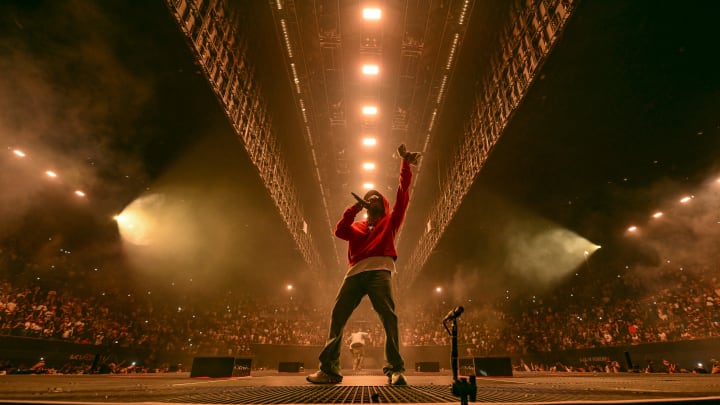The Evolution of Pop Music: From the 1950s to Today

The origins of pop music can be traced back to the early 20th century, with the rise of popular jazz and swing. However, it was in the 1950s that pop music began to emerge as a distinct genre. Artists like Elvis Presley, Buddy Holly, and Chuck Berry played pivotal roles in defining the early sound of pop music. Presley's blend of rock and roll with mainstream appeal helped establish pop music's broad audience, while Holly's innovative songwriting and Berry's guitar work laid the groundwork for future pop and rock music.
The 1960s witnessed the explosion of pop music as the genre became increasingly diverse and influential. The British Invasion, led by bands like The Beatles and The Rolling Stones, brought a new energy and style to pop music. The Beatles, in particular, revolutionized the genre with their experimentation and creativity, influencing countless artists and shaping the direction of pop music. Their albums, such as "Sgt. Pepper's Lonely Hearts Club Band" and "The White Album," pushed the boundaries of what pop music could be, incorporating elements of psychedelia, classical music, and folk.
The 1970s and 1980s saw the rise of pop superstars and the emergence of new subgenres. Disco music, with its danceable beats and glamorous style, became a defining feature of the era, with artists like Donna Summer and the Bee Gees achieving massive success. The advent of MTV in the early 1980s further transformed pop music, emphasizing the importance of visual imagery and music videos. Artists like Michael Jackson and Madonna capitalized on this new medium, using music videos to create iconic images and expand their influence. Jackson's "Thriller" remains one of the best-selling albums of all time, showcasing his groundbreaking approach to pop music and visual storytelling.
The 1990s and 2000s continued to evolve the pop music landscape with the rise of new artists and genres. The emergence of boy bands and girl groups, such as Backstreet Boys and Spice Girls, highlighted the genre's focus on catchy hooks and mass appeal. The influence of hip-hop and R&B also became more pronounced, with artists like Britney Spears, Usher, and Beyoncé blending pop with urban styles to create a new sound. The rise of digital technology and online platforms further transformed the industry, allowing artists to reach global audiences and shaping the way music is consumed.
In recent years, pop music has continued to diversify and evolve. The genre now incorporates a wide range of influences, from electronic dance music (EDM) to indie pop, reflecting the changing tastes and trends of listeners. Artists like Taylor Swift and Billie Eilish represent the current wave of pop music, blending traditional pop elements with innovative sounds and personal storytelling.
In conclusion, the evolution of pop music reflects broader cultural and technological changes, with each decade bringing new styles, artists, and influences. From its early roots to its current form, pop music remains a dynamic and ever-changing genre, continuously shaping and reflecting the cultural landscape.